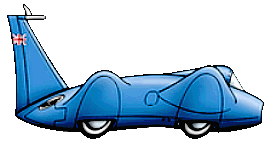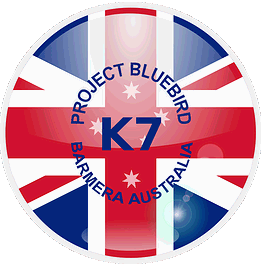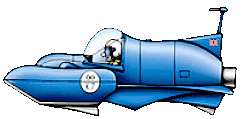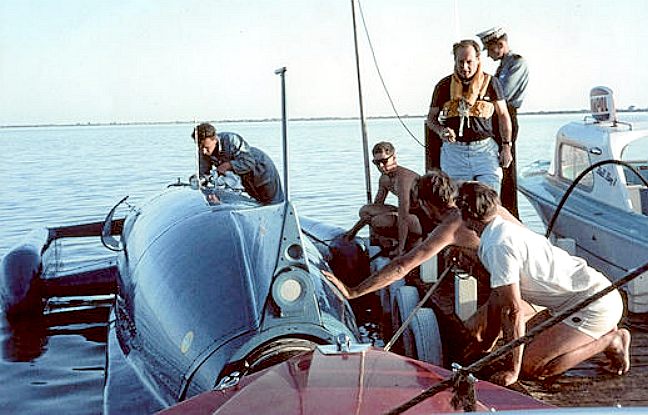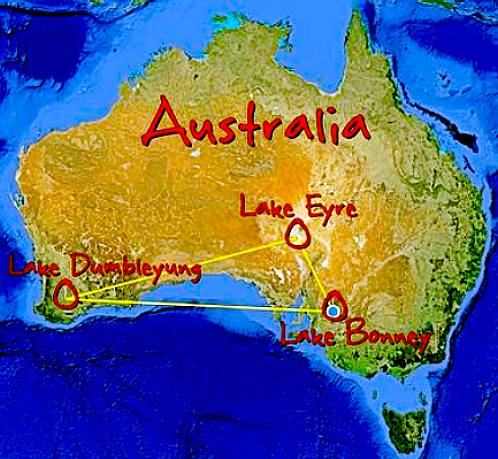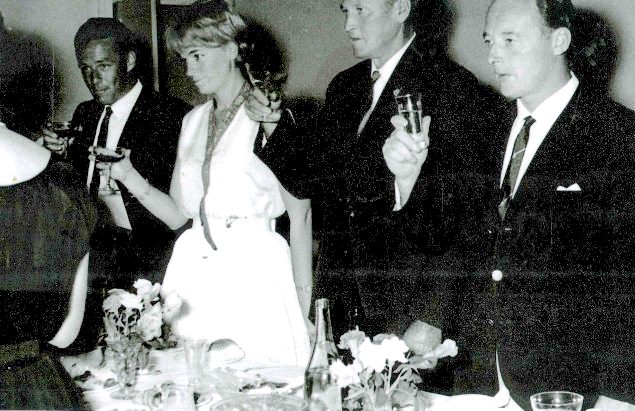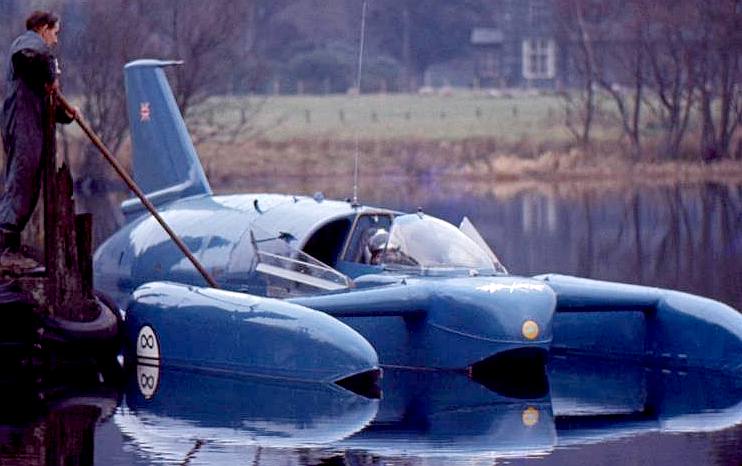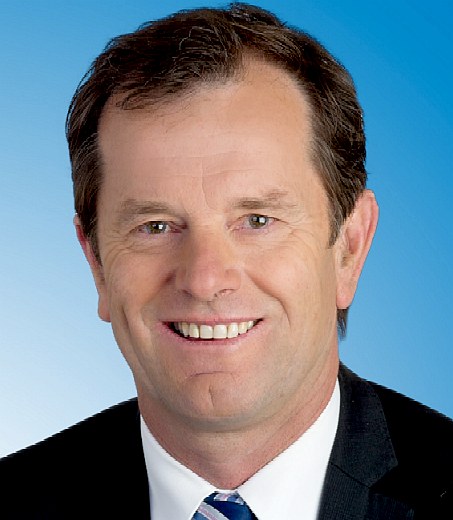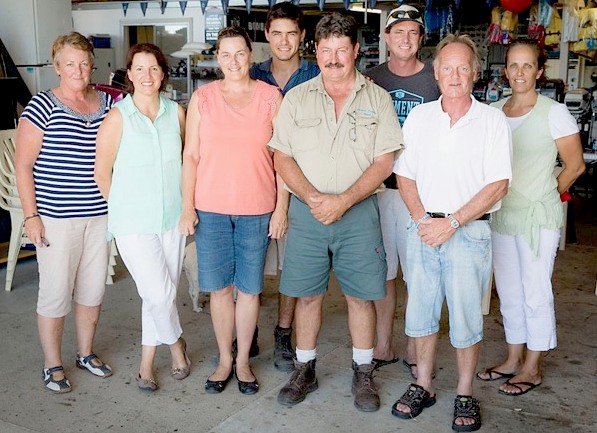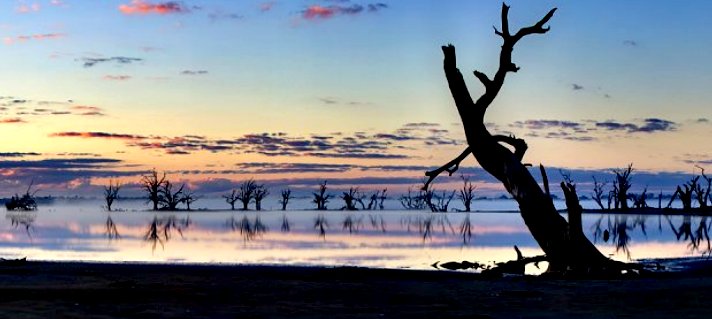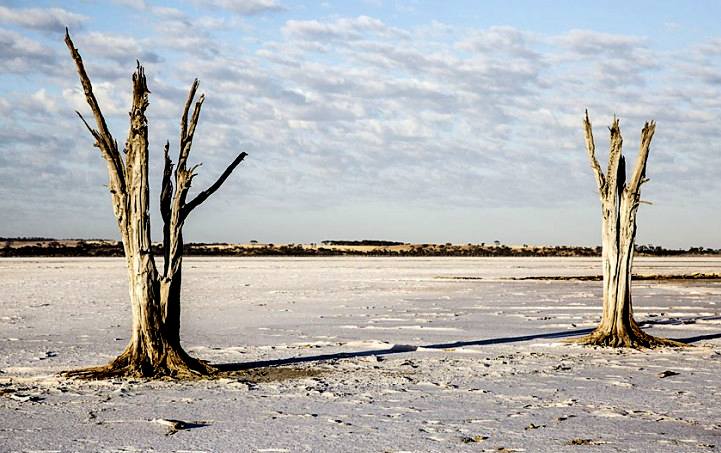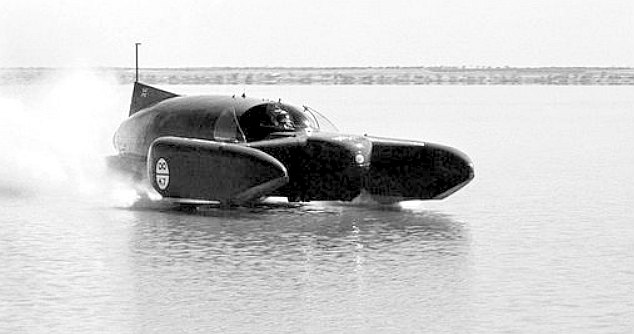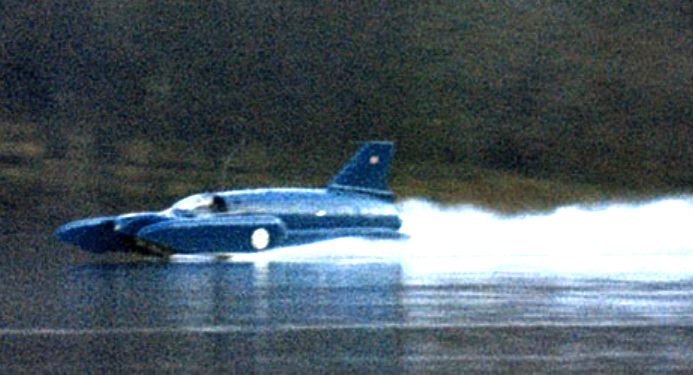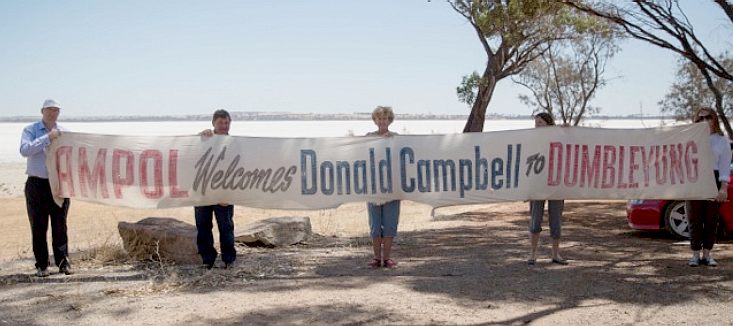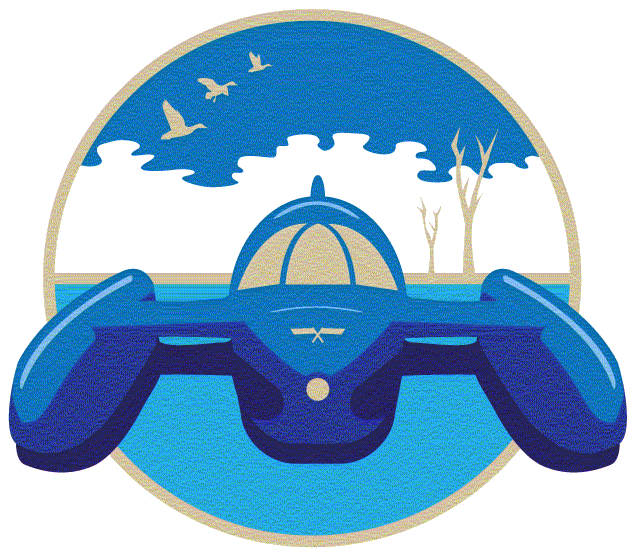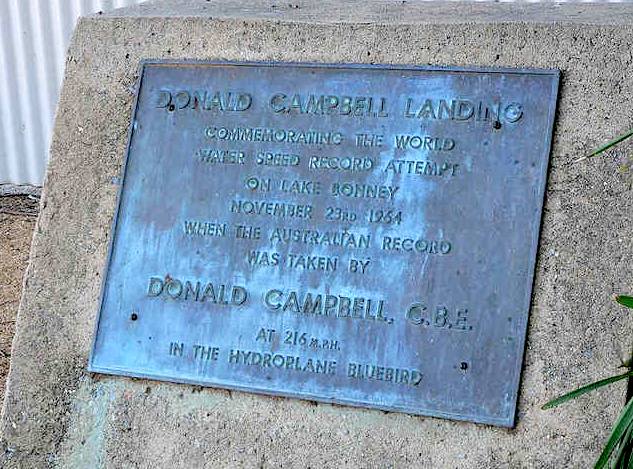|
K7 PROJECT BLUEBIRD - BARMERA, AUSTRALIA
|
|
|
PRESS RELEASE - BLUEBIRD REPLICA BUILD BEGINS
The replica of the Bluebird K7 Hydroplane Mark 19, is the first stage of the Bluebird project aimed at increasing awareness of British speed legend Donald Campbell’s world water speed record which he broke in 1964.
The Bluebird project is a community initiative which will see the construction of the replica and the establishment of a Dumbleyung Discovery Centre which will house memorabilia from the event, an educational exhibition and collections of local stories.
The tender to build the Bluebird replica has been awarded to Mark Motzouris from Statewide Boating in Ledge Point. Mark is a member of the WA Speed Boat Club and a regular speed competitor racing off the Burswood Water Sports centre on the Swan River.
The K7 and its master on Lake Bonney in 1964
The replica will be housed on the main street of Dumbleyung opposite the former Post Office which will house the Dumbleyung Discovery centre, and unveiled in time for the 50th anniversary celebration on December 31st 2014.
Bluebird Fundraising and media Team Member Louisa Dare said she was overwhelmed with the community spirit, interest and support the project has received.
Mrs Dare said the committee is hopeful further donations will be received to ensure the replica is completely community owned.
All donations of $50 and over will be recognised on an honour board to be housed in the Dumbleyung Discovery Centre.
The Australian triangle, land and water speed record locations, that finally proved to be lucky for the very superstitious Donald Campbell and his bluebird land and water speed record vehicles.
On September 19th, 1964, the decision was made that Lake Bonney would be the site for the World Water Speed Record attempt. The size and situation of the fresh water lake was considered ideal to achieve Campbell’s goal of the “Unique Double” after having broken the Land Speed Record on Lake Eyre that same year.
Eager for success, Campbell and his dedicated team arrived in Barmera, which was a hive of activity. The Barmera District Council was given exclusive access to Lake Bonney for Campbell’s attempts between November 14th and 20th. Nine Police Officers were stationed at Barmera along with the District Telephone Manager, Postal Manager, a picturegram unit and extra ambulance, and 6 large buoys marked the measured mile.
In this picture Tonia looks fresh, while Donald looks tired from the demands of running the K7 at Lakes Bonney and Dumbleyung in Australia. Models of the K7 are available that are powered by real gas turbines for truly realistic runs.
The Bluebird K7 was transported by road, departing Adelaide on November 6th along with the project team. Campbell, his wife Tonia and project manager Graham Ferrett arrived on November 12th by air, landing on the 800 yard landing strip prepared specifically for them by the Barmera District Council.
Campbell and his team, who based themselves at the Barmera Community Hotel for the duration, were welcomed amidst much fanfare. The Bluebird entered the water for the first time since 1959 at Lake Bonney on November 12th 1964. An earlier attempt to launch the boat had failed and adjustments were made to the ramp at Bishop’s Boatshed. A two way radio was fitted to the Bluebird to assist in the trials. At 3.15am the team were readying the Bluebird for its official run.
From one weather extreme to another. Donald Campbell's K7 world water speed record boat, Lake Coniston in December of 1967.
By 4.30am Barmera came alive as spectators and camera crews lined the shore. Unfortunately, choppy water hindered the trial, but Campbell indulged the large crowd by driving the Bluebird out onto the lake at low speed. Later in the morning, Campbell did two runs reaching speeds of 210mph and later in the afternoon three attempts failed due to water flooding the engine. Following a delay in radio communication and firing trouble, further attempts were cancelled for the day. On November 15th a large crowd gathered again as alterations were made to the course.
With the weather against them, Campbell and his crew awoke to strong winds on November 17th and 18th which resulted in the marker buoys, which were anchored by large concrete slabs, being washed ashore. And so the set up began again. To alleviate the frustration, a charity event was held that night which led to Campbell’s decision to cancel the following day’s trial run. This information was not transferred to all of the crew, and the following morning saw them up early finding conditions ideal. The waters of Lake Bonney were like glass, the perfect base for a World Record. With this ideal opportunity missed, inclement weather followed and it was not until November 23rd when 3 runs took place, one which recorded a top speed of 216mph.
Again, poor weather returned and it was this, along with engine and navigation problems which led the team to source a new location at which to break the record and achieve the “Unique Double”. So it was that on December 10th, the Bluebird, Donald Campbell and his team departed for Lake Dumbleyung. Two monuments have been erected to commemorate Donald Campbell’s Australian Water Speed Record on Lake Bonney, both of which are located near the Bluebird Cafe and Bishop's Boatshed, where the Bluebird was housed.
PROJECT PATRON: Tim Whetstone MP, Chaffey - Tim started as a fitter and turner at Holden after school and worked his way up to be a Project Manager in the Moomba gas fields while developing his own business building and restoring muscle cars and boats. He started his citrus and winegrape business in 1989. In 2005 Tim helped re-form South Australian Murray Irrigators (SAMI) and until recently held the role of Chairman. Tim has been a keen supporter of capturing and re-using storm-water across the State to help remove Adelaide’s reliance on the Murray. In his spare time Tim enjoys fishing, spending time with his children Nic, Charlotte and Eliza, especially on the river water skiing and tinkering in his workshop at home.
Team Barmera, Australia - Hilary, Johnno and Mark Motzouris (Statewide Boating) Craig Douglas – GingIn shire representative and members of the committee
ABOUT BARMERA
Barmera is a town in the Riverland region of South Australia. It is on the
Stuart
Highway A20, 220 kilometres north-east of
Adelaide, the capital of the state of South Australia. It is primarily an agricultural and viticultural town and is located on Lake Bonney (Riverland), a freshwater lake. The population was 1928 in 2006.
Another superb K7 full size model, the K777, crossing Lake Coniston recently at around 80 mph
RECOVERY
OF BLUEBIRD K7
ICONIC - Bluebird K7 running at Lake Bonney in 1964 and on its final run 4 January 1967
Campbell's last words on his final run were, via radio intercom:
BARMERA
CONTACTS Louisa Dare Tel:
0428227000 Email:
bluebirdcommunityfundraising@gmail.com Tim
Whetstone MP (Australia Liberal) PO Box 959 Paul Mitchell
(editor) The Murray
Pioneer Barmera
Visitor Centre Barwell Avenue,
Now that's what we call a warm Australian welcome.
DONALD CAMPBELL'S BLUEBIRDS
Jetstar (not a bluebird boat)
LINKS & REFERENCE
http://www.k7projectbluebird.net/ http://dumbleyungbluebird.com.au/2014/04/19/the-bluebird-replica-build-begins/ http://dumbleyungbluebird.com.au/ http://www.berribarmera.sa.gov.au/page.aspx http://en.wikipedia.org/wiki/Barmera http://www.murray-pioneer.com.au/ Coniston-power-boat-records-week-gets-underway-k777-is-launched Bluebird-lookalike-takes-a-trip-on-coniston-water Curse-Bluebird-Replica-Campbells-speedboat-sinks-Coniston http://www.cumbriacrack.com/2011/10/31/coniston-power-boat-records-week-gets-underway-k777-is-launched/ http://www.nwemail.co.uk/news/bluebird-lookalike-takes-a-trip-on-coniston-water-1.893900 http://www.boatdesign.net/forums/boat-design/k777-bluebird-40452.html http://www.dailymail.co.uk/news/article-2057326/Curse-Bluebird-Replica-Campbells-speedboat-sinks-Coniston.html http://www.k777club.com/ https://twitter.com/bluebirdspeed http://www.youtube.com/user/k7projectbluebird http://www.rcgroups.com/forums/showthread.php?t=1959632
A commemorative plaque near Lake Bonney in recognition of Donald Campbell's WSR attempt in the Bluebird K7 hydroplane.
|
|
|
This
website is Copyright © 2014 Bluebird Marine Systems Limited.
The names Bluebird™, Blueplanet BE3™,
Ecostar DC50™,
and the blue bird in flight
|
|
